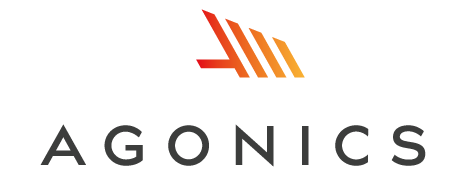Desktop process for level crossing assessments to address current backlogs and target safety enhancements
CLIENT
NTRO
LOCATION
Victoria, Australia
Challenge
Ensuring safety at railway level crossings remains a significant challenge on the Australian continent.
With 23,000 level crossings in Australia, assessing these as safe for road transport users is a resource intensive and costly activity.
According to the National Transport Research Organisation (NTRO), backlogs exist across the country in carrying out these assessments. This creates challenges in understanding where funding should be allocated to improve level crossing safety and in prioritising individual level crossings for safety enhancements.
Traditional methods for assessing level crossings involve sending personnel into the field to take measurements and observations manually. This exposes them to hazards from road traffic, railway operations and from walking on uneven surfaces.
As many level crossings are in remote locations, it is resource intensive to reach them and manage worker fatigue. Manual measurements performed in the field are also not easily auditable.
As a leading expert in LiDAR on rail networks, Agonics was approached by NTRO to collaborate on a feasibility study to determine whether level crossing parameters could be comprehensively assessed using imagery and LiDAR datasets recorded in the road and rail approaches to a level crossing.
In this way, it was hoped that a desktop methodology could be developed to address current backlogs and target safety enhancements, all without having to send personnel into the field.
Solution
The initial stage of the project saw NTRO and Agonics agree on a small number of level crossings on which to focus the feasibility study. The level crossings chosen were a mix of single track and double track railway crossings as well as pedestrian crossings, all from a rural location in Victoria.
This mix of level crossings was deliberately chosen to reflect the different types of scenarios that can arise when assessing level crossings manually.
NTRO then proposed a list of level crossing parameters to be assessed using a desktop methodology. These parameters were taken from the Australian Level Crossing Assessment Model or “ALCAM” and were considered the most safety critical parameters.
It was considered that to be successful the feasibility study would address these safety critical parameters such as road user sighting distances rather than less critical parameters.
The first step in the desktop assessment was to configure workflows in the Agonics XERRA platform. XERRA is a LiDAR viewing, analysis and reporting platform that has been specially designed to support automated measurement and reporting of railway infrastructure.
Using high resolution Mobile LiDAR Data (MLS) recorded by Agonics in both the rail corridor and road easement, the Agonics team was able to systematically work through the safety critical level crossing parameters put forward by NTRO.
Detailed assessment reports were then generated for each level crossing for review by NTRO with pass/fail information for each parameter in accordance with the ALCAM model.
Outcome
- Safety critical level crossing parameters were successfully assessed using high resolution MLS data recorded in the road and rail easement
- The XERRA platform was able to show the available sighting distances in the point cloud along with the ALCAM calculated sighting distances to visualise level crossing non-compliance
- XERRA facilitated an easy understanding and auditing of the assessments performed by the Agonics team
- The study has set the foundation for further collaboration between Agonics and NTRO to establish a comprehensive desktop-based methodology that any Australian railway network can adopt.

